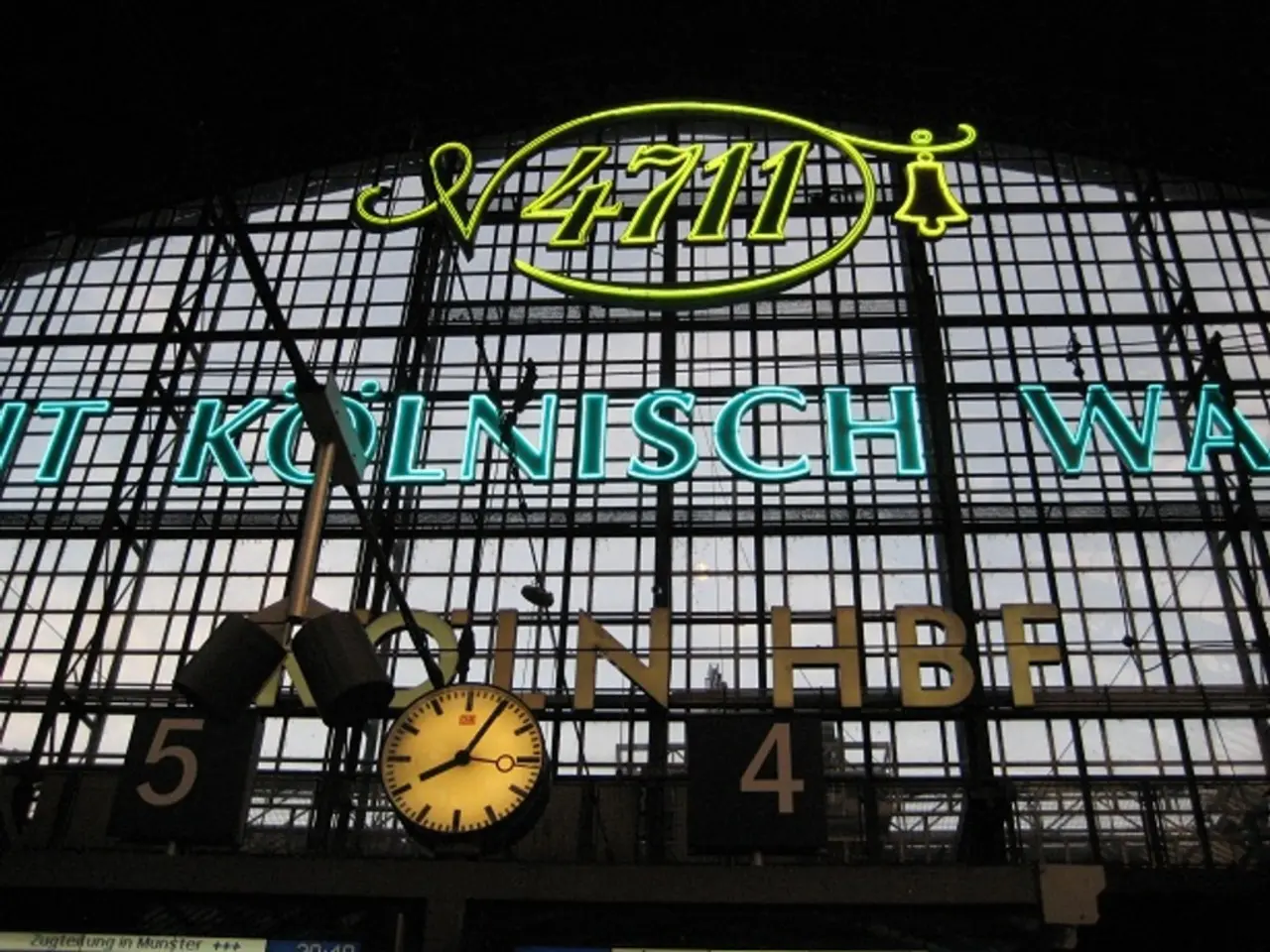Refurbishing an 1850s Scottish grand wooden clock enclosure - First Installment
In the heart of an antique shop, a 1850s tall case clock - purchased from an estate auction in early 2020 - awaited its transformation. The clock, adorned with age cracks, a cracked backboard, and issues with attaching the backboard to the waist, needed both structural repairs and cosmetic fixes.
The decision to restore this historical piece, however, wasn't a simple one. Choosing between traditional and modern methods for repairing structural issues in an 1850s tall case clock depends on the desired balance between preservation authenticity, functionality, and longevity.
Traditional methods, as one might expect, involve using period-appropriate materials and techniques that maintain the clock’s historic integrity and value. This means repairing wood joints with similar wood types, using traditional joinery (e.g., mortise and tenon), and employing hand tools and adhesives common in the 19th century. This approach is ideal if the clock is a valuable antique to be preserved as authentically as possible.
Modern methods, on the other hand, may employ contemporary adhesives, fillers, reinforcement materials (e.g., epoxy resins or metal brackets), and power tools, which can improve structural stability, durability, and speed of repair. However, these methods risk reducing the clock’s antique authenticity and value if not carefully executed.
In this restoration, a blend of traditional and modern techniques was employed. Pilot holes were drilled into the wood and 3/4 inch slotted wood screws were used to attach the side to the corner blocks and 1 1/4 inch wood screws to attach the backboard to the block; four screws total on the back and two on each side to secure the blocks to the rails. A 4' top piece and longer vertical section were added to the existing cross piece to hide the gap and stiffen the board.
New corner blocks were fashioned to secure the backboard. Scrap wood retrieved from a 100+-year-old ogee case was used for this repair, ensuring historical accuracy while providing the necessary strength. This repair is much more secure than simply nailing the upper backboard to the rails, a flimsy repair that was initially employed.
Hot hide glue and modern adhesives were used for repairs and mends, respectively. The movement, dial, and weights of the clock are from Birmingham, England, and were carefully removed before the repairs began. The clock was transported with the weights, pendulum, and bonnet removed to ensure safety during transit.
Given the clock's age and historical significance, consulting a horology expert familiar with longcase clocks of that period was advisable to develop a restoration plan tailored to the clock’s particular structural issues and provenance. The expert's guidance ensured a balance between preserving the clock’s original construction and enhancing its functionality and longevity.
With the restoration complete, the 1850s tall case clock stands as a testament to the craftsmanship of the past and the skill of today's restorers. It now ticks away the hours with a renewed sense of purpose, ready to continue its journey through time.
This restored vintage clock, a 1850s tall case clock, serves as a fusion of old-world charm and modern practicality in home-and-garden settings, complementing a lifestyle that appreciates antiquities. The clock's transformation, involving the blend of traditional and modern restoration techniques, not only ensures its structural integrity but also preserves its vintage appeal, making it a valuable addition to any home-and-garden decor.





